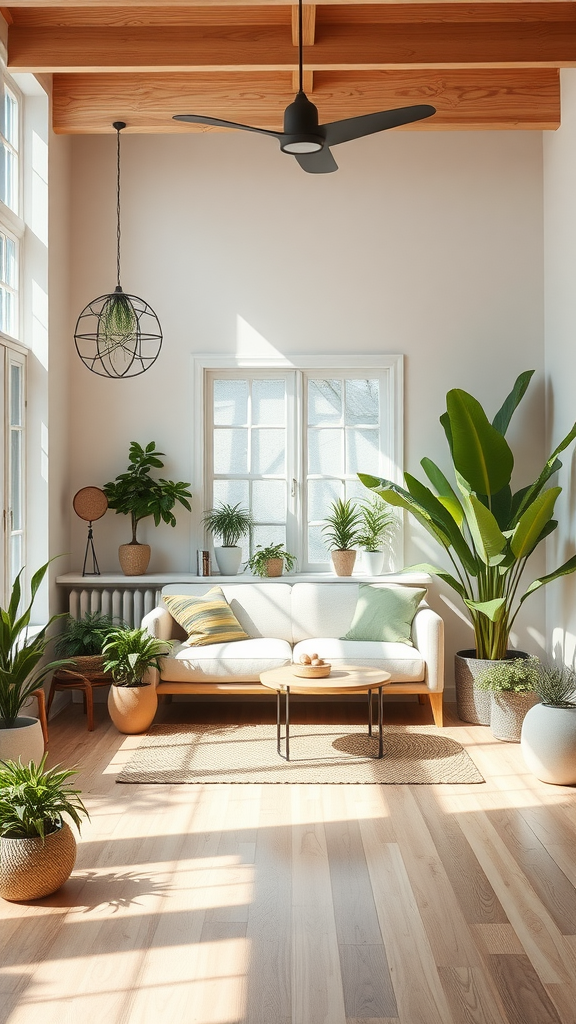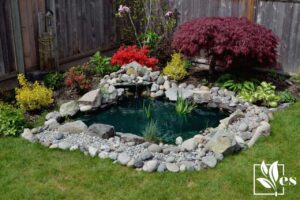how-to-soak-up-water-in-backyard
Published:
Updated:
Author:
About the author
Latest Posts
-

10 Affordable Ways to Embrace 2025 Living Room Trends
Staying on top of living room trends for 2025 doesn’t have to break the bank! There are plenty of affordable ways to refresh your space…
-

10 Eco-Friendly Living Room Decor Ideas for a Sustainable Home
Making your living room eco-friendly doesn’t have to be a chore—it’s all about bringing in thoughtful touches that are kind to the planet. From sustainable…
-

15 Chic Living Room Trends for a Stylish Makeover
Modern living room trends are all about combining style and comfort in a way that truly reflects your personality. If you’re looking to refresh your…


Leave a Reply